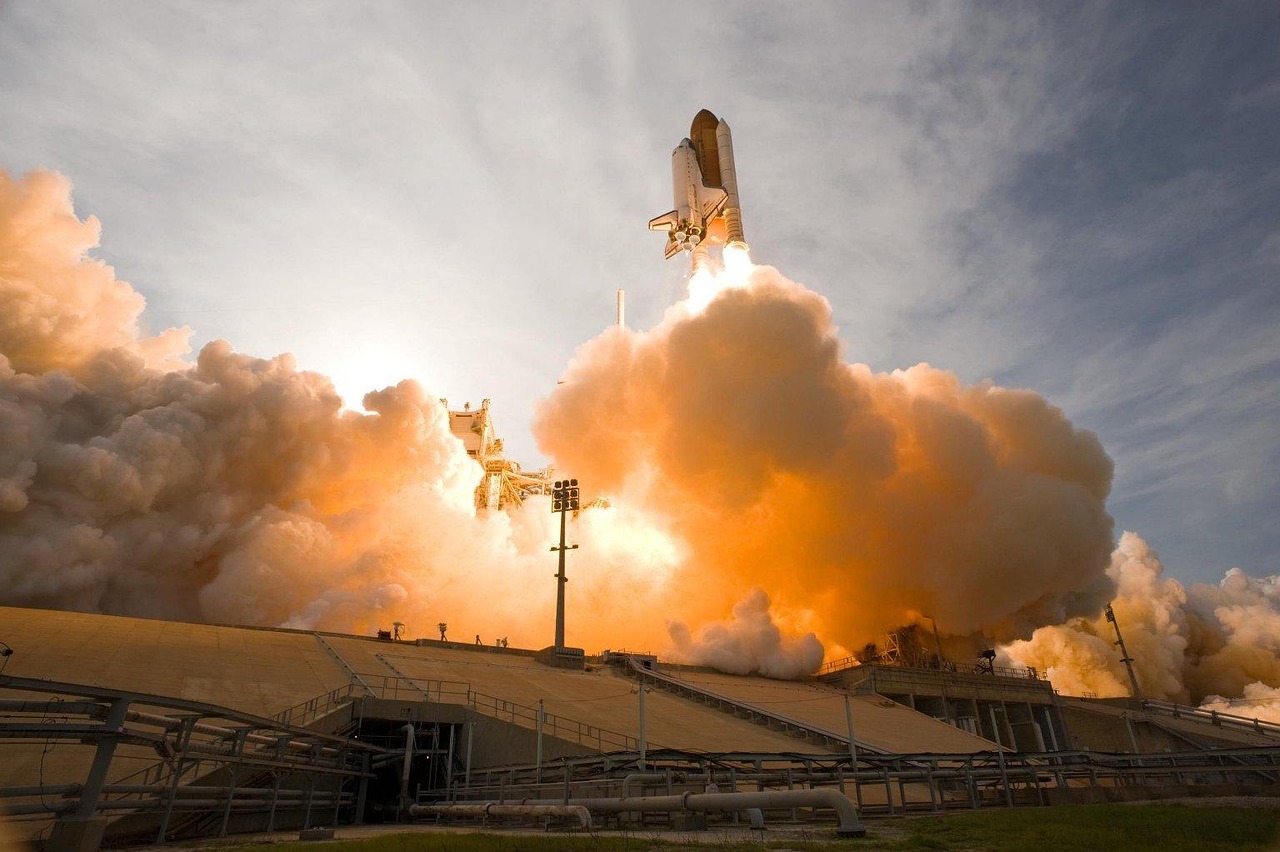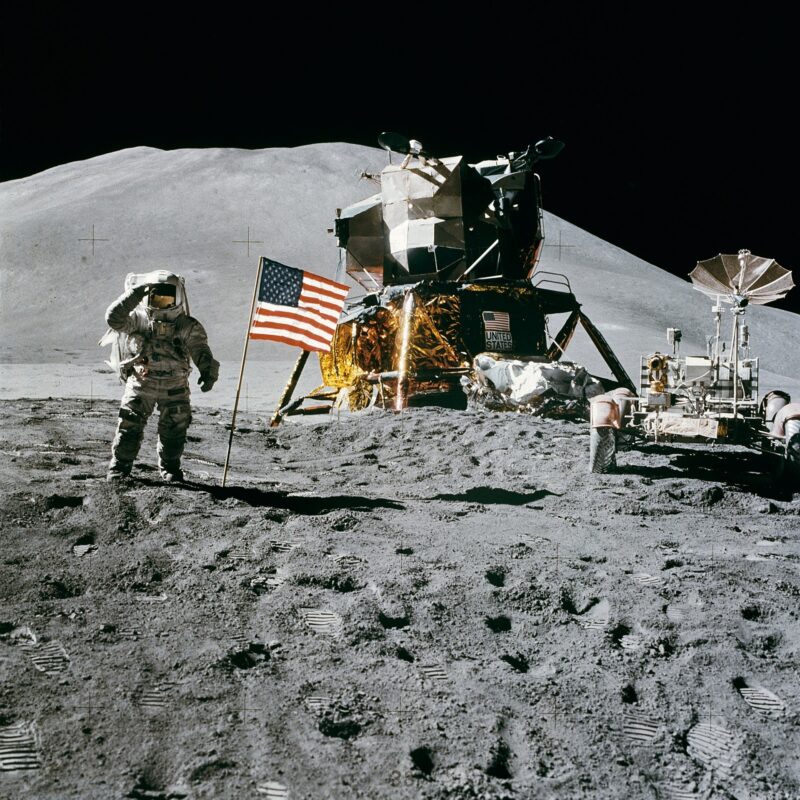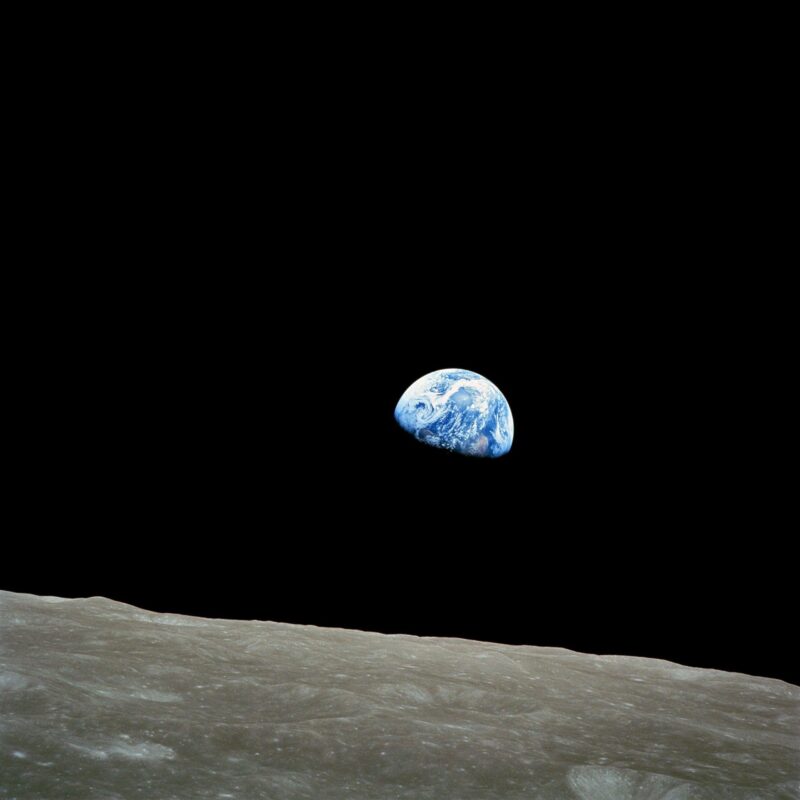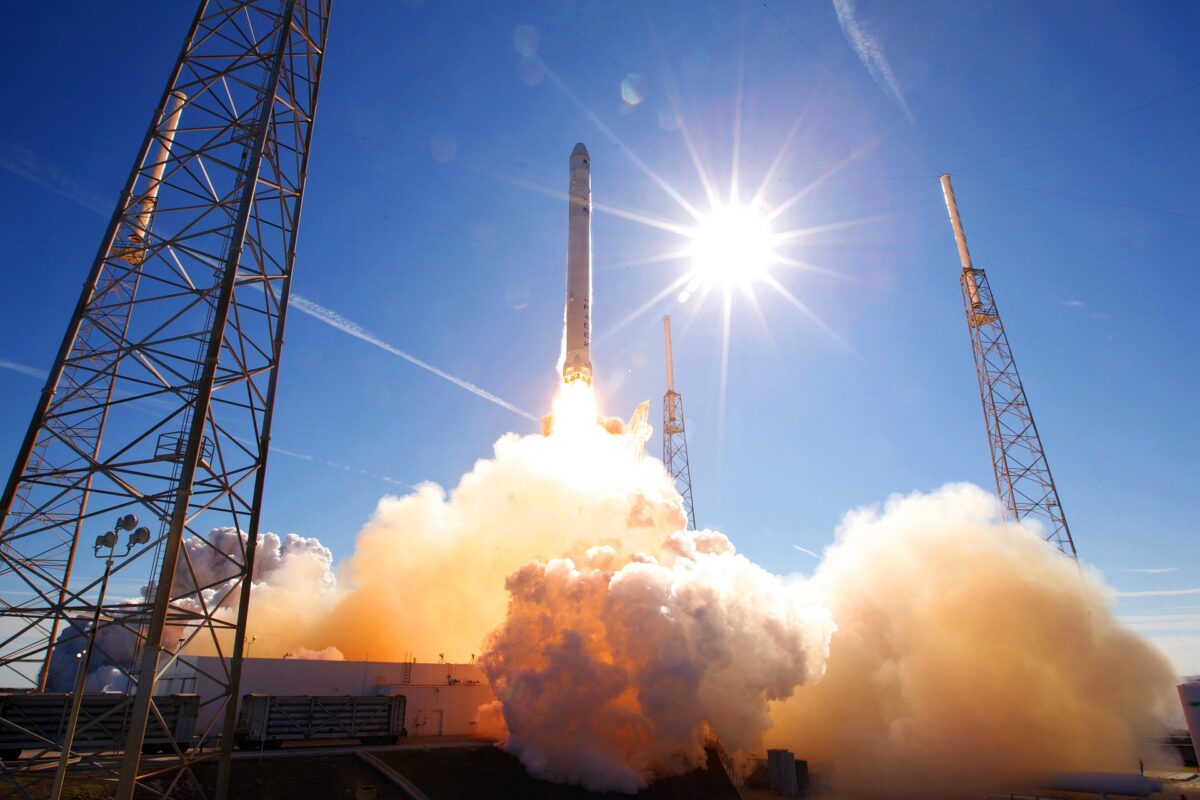
Blog
Shenzhou-20 Launch: China Sends Three Astronauts to Tianhe Station

On April 24, 2025, the Shenzhou-20 spacecraft, carrying three astronauts, was launched from the Jiuquan Satellite Launch Center in central China. This mission marks another milestone in China’s ambitious space program, as the three astronauts are set to replace the current crew aboard the Tianhe space station. They will spend around six months in space, engaging in scientific experiments and performing essential maintenance on the station. This regular crew rotation demonstrates China’s commitment to maintaining a permanent human presence in space and advancing its space exploration capabilities.
Let’s take a closer look at the intense competition unfolding in the cosmos, where nations are vying for dominance in space exploration and technology.
China’s Self-Reliant Space Station
The successful launch of Shenzhou-20 highlights China’s growing capabilities in space exploration, especially with its Tianhe space station, which was completed in 2022. Tianhe serves as a cornerstone of China’s space ambitions, allowing for continuous human presence in space and contributing to ongoing scientific experiments. This achievement positions China as a significant player in the global space race.

The Global Space Race and China’s Competitive Edge
The global space race is intensifying, with China emerging as a strong competitor alongside the United States and Russia. NASA has invested billions of dollars in projects like the Artemis program (aiming for a lunar return by 2025) and the Lunar Gateway program, which has an estimated budget of approximately $14 billion for its development as a base for Mars exploration. However, China is not falling behind. China’s space development is advancing rapidly, having completed the Tianhe space station in 2022, with plans for around 100 missions by 2025. Additionally, in 2020, China’s Chang’e-5 mission successfully returned lunar samples to Earth, and China has already invested around $9 billion in its lunar exploration program.
As competition heats up, the rise of private companies like SpaceX further intensifies the stakes, with goals like Mars colonization and asteroid mining becoming increasingly plausible. This shift signifies that space exploration is no longer dominated by just a few nations, and China’s continued progress adds a dynamic new layer to the competition.

China’s Vision for the Future
Looking ahead, China’s National Space Administration (CNSA) has set an ambitious goal to lead the world in space science by 2050. With plans to advance space technologies, explore the Moon, and venture deeper into space, China’s vision aims not only to push the boundaries of human exploration but also to challenge the global space order.
As China’s space program accelerates, the coming years will likely bring groundbreaking achievements that will shape the future of space exploration and redefine the global space landscape.

How the Space Race is Expanding Beyond the Big Three
The global space race is no longer just a competition among the United States, Russia, and China. In recent years, we have witnessed an increasing number of countries and private companies actively participating in space exploration. So, how will this race evolve in the coming years?
India: The Indian Space Research Organisation (ISRO) has been steadily advancing its space capabilities. In 2023, ISRO’s Chandrayaan-3 mission successfully targeted the moon, marking a significant milestone for India’s lunar exploration ambitions. Looking ahead, India is planning to build its own space station and initiate Mars exploration missions, positioning itself as a key player in space.
European Union: The European Space Agency (ESA) has been at the forefront of space exploration, focusing on developing rockets and exploration vehicles. ESA is particularly interested in lunar and asteroid exploration and aims to establish international leadership in space through collaborations with NASA and other global space organizations.
Arab Nations: The United Arab Emirates (UAE) has become a significant player in space exploration. In 2020, the UAE successfully launched the Al-Amal mission, sending a probe to Mars. Since then, the UAE has announced plans to further explore the Moon and Mars, making significant investments in space development and boosting its growing space industry.
Private Companies: Companies like SpaceX and Blue Origin have become increasingly important in the space race. These private entities are playing a major role in commercial space travel, satellite launches, and lunar exploration. Their ambitious projects, including human space travel and potential lunar bases, indicate that they will continue to shape the future of space exploration and even lead in some areas.
Looking ahead, the global space landscape will diversify, with more countries and private players joining the race. Innovations in technology and international collaboration will open new frontiers, shaping the future of space exploration through competition and cooperation, and offering exciting opportunities for discovery, commerce, and human expansion.

The Rising Environmental Price of Space Development
As space development advances and more rockets are launched, the impact on global warming could increase significantly. The emissions from rocket launches, particularly the release of greenhouse gases and pollutants, can accelerate climate change. Rocket fuels often release warming gases, and solid rocket fuels, in particular, emit oxides and harmful chemicals, including bromine compounds, which damage the ozone layer. As the frequency of rocket launches rises, the environmental cost of space exploration becomes more evident, presenting a growing challenge for balancing technological progress with environmental responsibility. This is a necessary price to pay for further exploration, but it underscores the importance of developing cleaner and more sustainable space technologies.

Let’s Take Action
As we satisfy our curiosity and push the boundaries of exploration, we are also paying a price for the environment we live in. It’s an inevitable cost. However, rather than ignoring it, we should focus on the ways we can contribute to mitigating this impact. We support your efforts in taking action, particularly through carbon credits, which offer a powerful way to offset large amounts of CO2. By engaging in these initiatives, we can help create a more sustainable future while continuing our exploration of the unknown.
